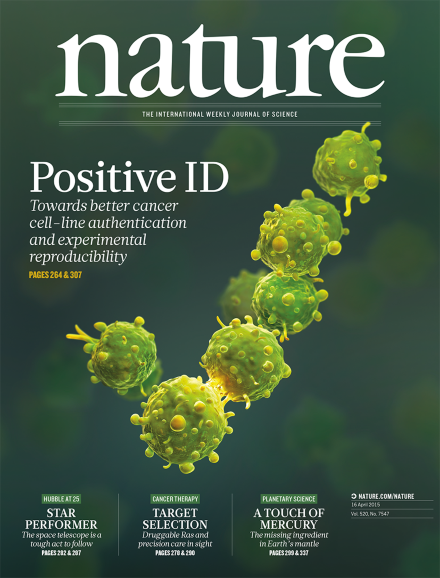Volume 520 Issue 7547, 16 April 2015
Editorial
World View
Research Highlights
Social Selection
Seven Days
News
News Feature
Comment
Books & Arts
Correspondence
News & Views
Analysis
Article
Letter
Erratum
Corrigendum
Technology Feature
-
A most exceptional response
Collection:

